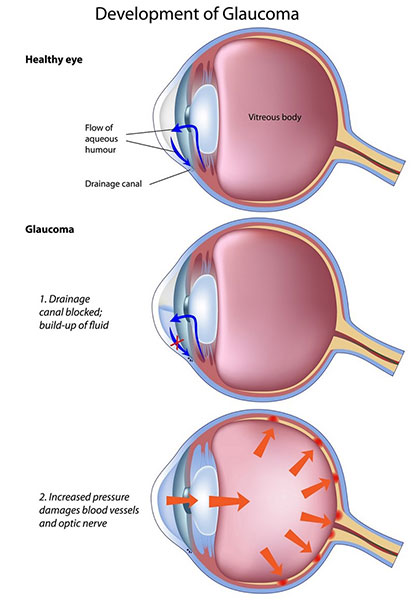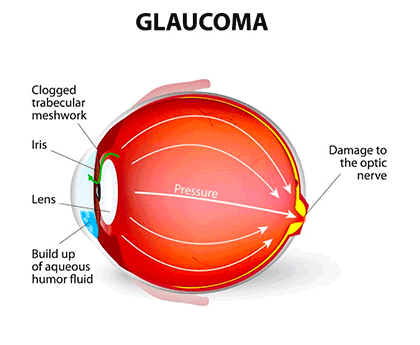 Ophthalmology is a great specialty partly because procedures, devices and drugs constantly evolve, keeping us learning and giving our patients better care. Ask your colleagues in other specialties, and you’ll find that the pace of change in most other medical fields is not nearly as rapid as in ours.
Ophthalmology is a great specialty partly because procedures, devices and drugs constantly evolve, keeping us learning and giving our patients better care. Ask your colleagues in other specialties, and you’ll find that the pace of change in most other medical fields is not nearly as rapid as in ours.
Over the past few years, this pace of change has been very evident in glaucoma, where minimally invasive procedures have greatly diminished the frequency of trabeculectomy and tube shunt procedures. In this issue of OSN, our cover story focuses on a specialty that’s now moving as quickly as glaucoma. And here are three reasons I believe cornea will continue to be the “next big thing” in eye care:
1. New procedures such as Descemet’s membrane endothelial keratoplastymake surgery safer with better visual results.
The big step up in endothelial replacement happened when Descemet’s stripping endothelial keratoplasty overtook penetrating keratoplasty. DSEK involves stripping of Descemet’s membrane followed by implantation of a disc of corneal stroma plus endothelium from a donor. Healing and rehabilitation of vision happen in weeks instead of months with PK, and 60% of all corneal transplants are now performed this way. These DSEK grafts are typically in the range of 100 µm thickness, though they do degrade visual quality slightly. DMEK involves the transplantation of just a thin sheet of endothelium and Descemet’s membrane and no stroma and seems to yield even better vision than DSEK. In the next evolution of endothelial keratoplasty, we will likely be injecting endothelial cells alone — a slurry of cultured cells — as Shigeru Kinoshita in Japan has demonstrated, to effectively replace damaged cells. With each of these incremental changes, our patients benefit.
2. Device-like biologic materials.
SightLife Surgical is now providing precut DMEK donor tissue loaded in an IOL-like injector, simplifying DMEK surgery considerably. Dehydrated amniotic membrane has for several years provided powerful biologic effects in corneal wound healing with simple device-like properties. New artificial corneas, though not biologic themselves, reduce significantly the variability of traditional corneal transplants. Each of these technologies makes our procedures more reproducible among surgeons with differing skills around the world and raise enthusiasm specialty-wide for better therapies.

 3. Dry eye has finally arrived.
3. Dry eye has finally arrived.
Just a few years ago, most eye specialists would treat patients with dry eye only when they complained of symptoms, and reluctantly because we had few effective treatment options. Now, a greatly expanding array of diagnostics, drugs and procedures is individualizing treatment plans and getting to success in more patients. We now realize that treating early, even asymptomatic, patients is essential. Furthermore, the importance of recognizing and treating dry eye before cataract surgery has gained wide acceptance. Ocular surface disease has transformed from a frustration to an opportunity — to better help patients and grow our practices.
As more offerings come online to treat corneal disease, more attention and more investment will drive still further innovation. And, as with glaucoma, the cornea procedures we perform in just a few years will look nothing like those we learned in training. It’s a great time to be a cornea specialist.
via helio.com






